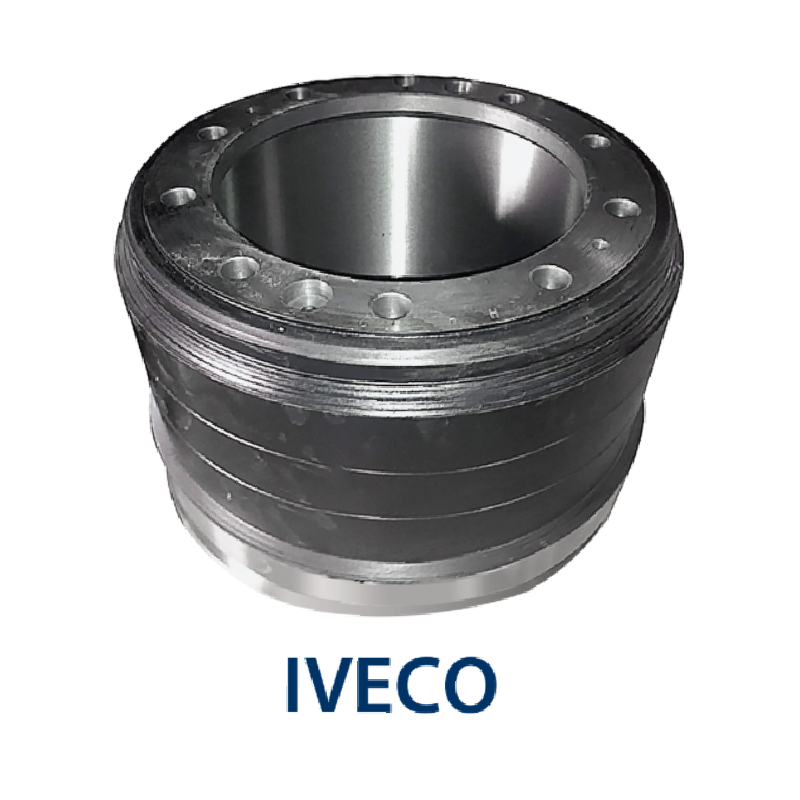Sep . 22, 2024 20:24 Back to list
parts of a brake drum
Understanding the Parts of a Brake Drum
The brake system is one of the most crucial components of any vehicle, ensuring safety and control during operation. Among the various types of braking systems, the drum brake is one of the oldest and still widely used designs. Understanding the parts of a brake drum can provide insights into how it functions and why it is essential for vehicle performance.
A brake drum is a cylindrical component attached to the wheel hub of a vehicle. When the driver presses the brake pedal, it activates the brakes, causing friction that slows down or stops the vehicle. The brake drum assembly includes several key components the brake drum itself, brake shoes, wheel cylinder, return springs, and various hardware items.
Brake Drum
The brake drum is the outer shell that encases the internal components and serves as the surface against which the brake shoes press. It is typically made of cast iron or a composite material that can withstand high temperatures generated during braking. The inner surface of the drum must be smooth and properly machined to ensure effective contact with the brake shoes.
Brake Shoes
Inside the drum, brake shoes are curved metal plates that have friction material bonded to their surface. When the brakes are engaged, the wheel cylinder pushes the brake shoes outward against the inner surface of the drum, creating friction that slows the wheel's rotation. The quality and composition of the friction material play a significant role in the brake system's efficiency and longevity.
Wheel Cylinder
parts of a brake drum

The wheel cylinder is a crucial component that converts hydraulic pressure into mechanical force. It is a small cylinder located inside the brake drum assembly. When the brake pedal is pressed, hydraulic fluid from the master cylinder flows into the wheel cylinder, causing its pistons to move outward. This, in turn, pushes the brake shoes against the drum.
Return Springs
Return springs are essential for ensuring that the brake shoes retract and release pressure from the drum when the pedal is released. These springs are usually located on the top and bottom of the brake shoes. Without the return springs, the brake shoes would remain in contact with the drum, leading to brake drag, increased wear, and reduced fuel efficiency.
Hardware
Various hardware items, including retainers, springs, and clips, hold the brake assembly together and maintain proper alignment. These components are critical for the overall functionality of the brake drum system, as they ensure that all parts operate smoothly and efficiently.
Conclusion
Understanding the parts of a brake drum can help vehicle owners appreciate the importance of their braking system. Regular inspection and maintenance of these components can enhance safety and ensure reliable performance. While technology continues to advance with innovations such as disc brakes and anti-lock braking systems, brake drums remain a testament to the durability and effectiveness of traditional braking methods. With proper care and awareness, drivers can rely on their brake drum systems to provide the stopping power necessary for safe driving.
-
Durable Brake Drum MAZ for Heavy Duty Trucks | High Performance
NewsAug.26,2025
-
FUWA: Premium Quality, Reliable Performance & Innovative Solutions
NewsAug.25,2025
-
Liza Brake Drum: Superior Quality & Performance for Safe Driving
NewsAug.24,2025
-
Iveco Brake Drum | Premium OE Quality for Daily & Eurocargo
NewsAug.22,2025
-
Your Brake Drum Man: Quality & Performance Parts
NewsAug.21,2025
-
Explore Japan: Ultimate Travel Guide & Authentic Experiences
NewsAug.19,2025
